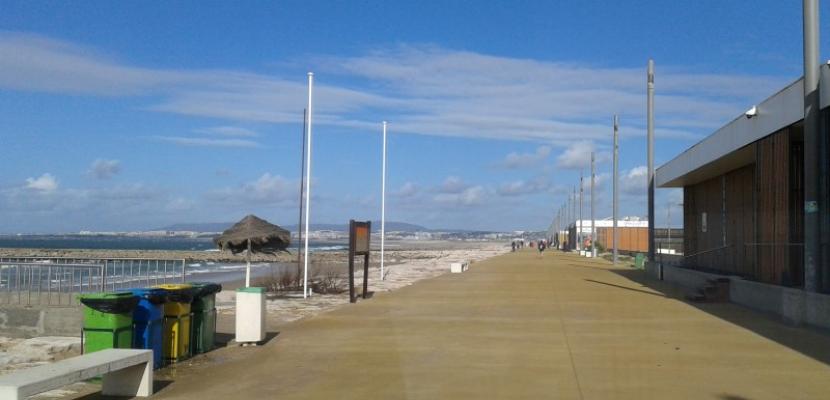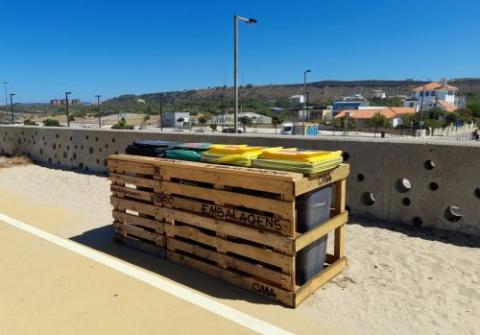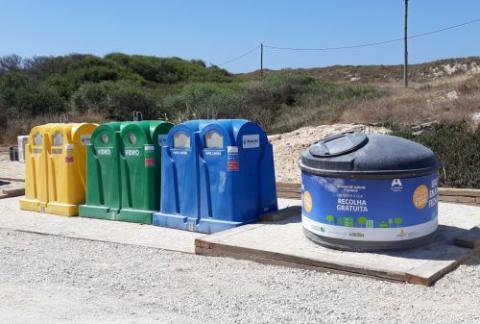
Waste collection on the beaches and on the promenade

About this good practice
Beaches are places of constant visit throughout the year, for the most diverse activities (bars, restaurants, parties, surf lessons, camping, etc.). Therefore, there is a permanent need for equipment for the disposal and collection of waste. This measure achieves its objectives, avoiding the incorrect disposal of waste, which would contribute to the contamination and pollution of coastal and marine ecosystems and ensuring that these wastes are properly recovered and treated. On the non-urban beaches, collection also occurs in the parking lots and next to concessionaires.
This equipments include:
- Twelve public use containers of great capacity (5000 l each) in beach parking lots
- Exclusive use containers for bars and restaurants (capacity accordingly to waste production).
- 120 unsorted waste containers (120 l capacity) on the beaches
- Twelve structures along the promenade for recyclable waste, each with: one unsorted waste container (120 l), one glass container (120 l) and two plastic/metal containers (120 l each).
- About 40 litter bins (80 l) along the promenade.
All these equipments are collected 3 to 4 times a week.
The main stakeholders and beneficiaries of this practice are municipal services, public, beach concessionaires and coastal and marine ecosystems.
Resources needed
- Collection vehicles (with crane) and team (1 driver + 2 operators): 3 to 4 times a week
- Ampliroll vehicle (with driver) + ampliroll containers (15 000 m3 each): 3 to 4 times a week
- Urban cleaning teams (4 operators): 5 times a week
Evidence of success
Results in 2021, excluding bathing season - June to September):
- 151 ton/month (avg.) of unsorted waste from beach and promenade
- 51 ton/month (avg.) of unsorted waste collected from the 12 great capacity containers
Potential for learning or transfer
We consider this a good practice for municipalities with a large and diverse coastal line such as Almada, characterized for a 13 km coastal line, with urban, peri-urban, and non-urban beaches (around 32).
Further information
Images

